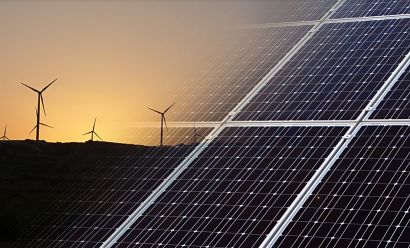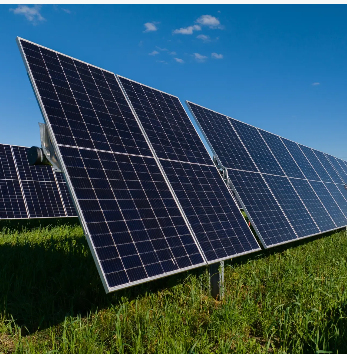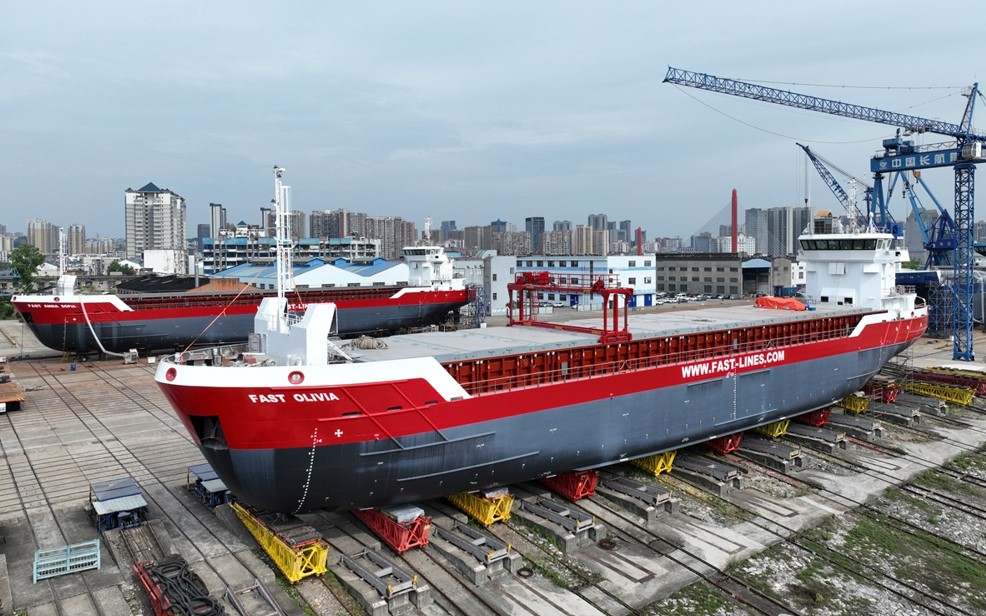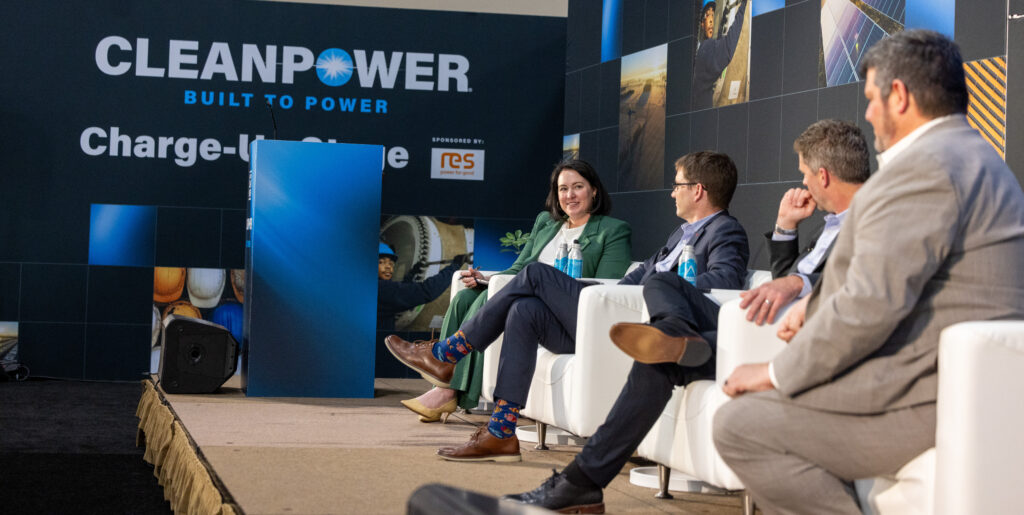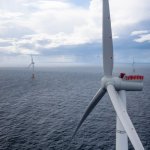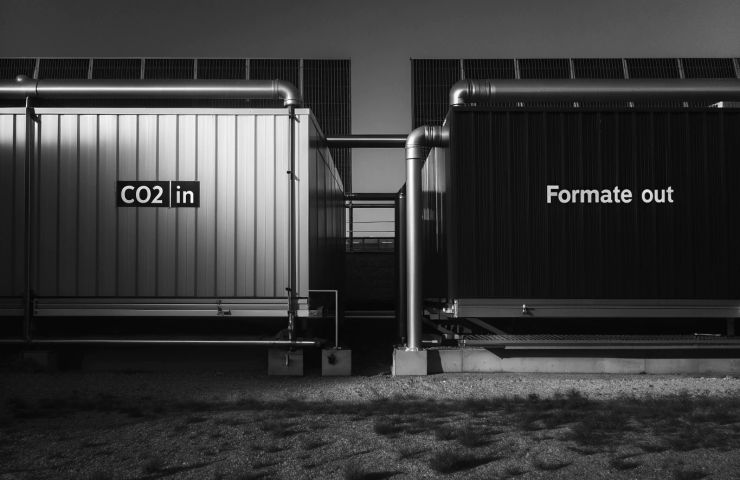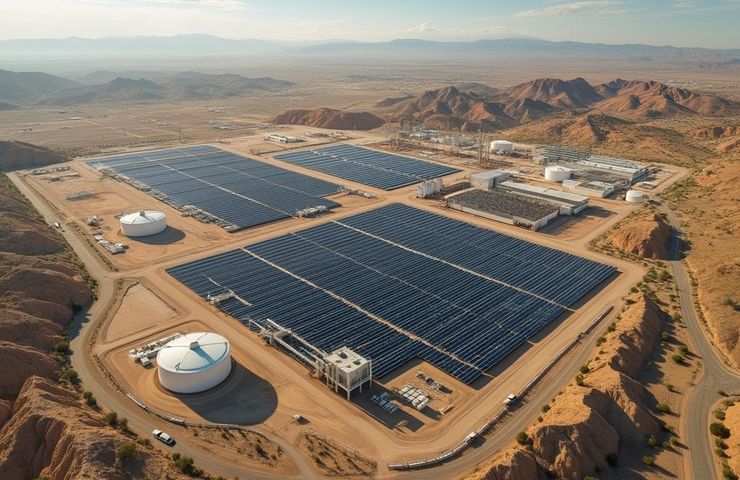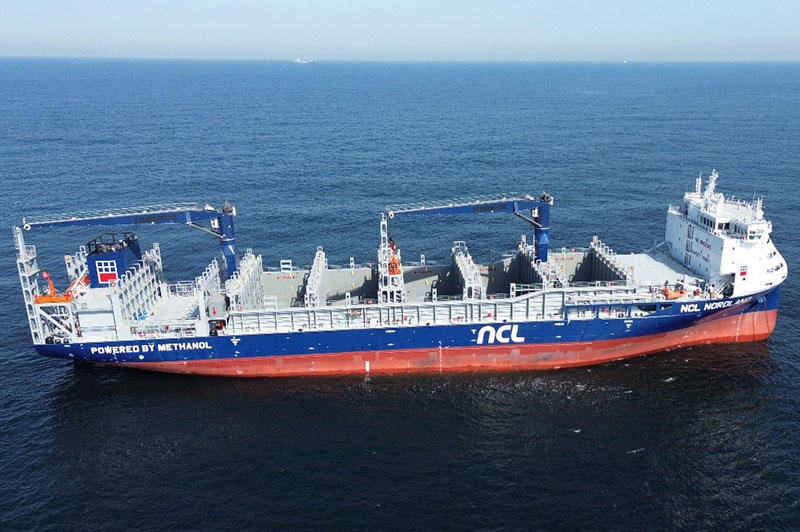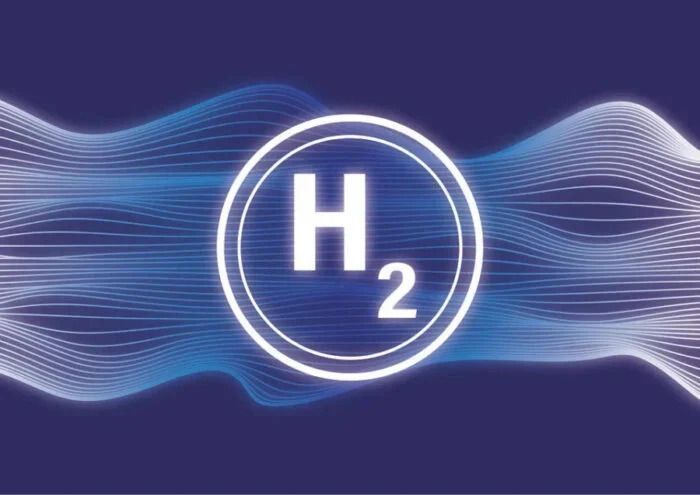Indian PV makers turn to BC-TOPCon to ease shift to back-contact tech
Indian solar manufacturers are exploring hybrid solutions like BC-TOPCon to bridge tunnel oxide passivated contact (TOPCon) and back-contact (BC) technologies, aiming to optimize efficiency while leveraging existing infrastructure.

Indian solar manufacturers are exploring hybrid solutions like BC-TOPCon to bridge tunnel oxide passivated contact (TOPCon) and back-contact (BC) technologies, aiming to optimize efficiency while leveraging existing infrastructure.
From pv magazine USA
India’s solar manufacturing sector is at the cusp of a significant technological transformation. While TOPCon technology dominates the domestic landscape, the global module market is shifting toward back-contact solar modules – the next frontier in efficiency.
A recent Mercom report projects TOPCon to account for over 58% of India’s annual solar module production capacity and over 64% of the cell production capacity by 2027. So how are Indian manufacturers preparing for the transformative shift from TOPCon to back-contact?
“Currently, TOPCon technology dominates the Indian market and is expected to remain the leading technology for the next four to five years, given the significant investments in cell manufacturing lines across the world,” said Avinash Hiranandani, vice chairman and managing director at RenewSys. “However, Indian manufacturers are already preparing for the transition to back-contact technology. Since most existing manufacturing lines can be adapted with minimal changes, this shift is likely to be smooth and efficient.”
Hiranandani expects back-contact solar modules to enter the Indian market within the next two to three years. BC cell technology, however, is going to take three to four years.
In back-contact solar cells, all electrical contacts are moved to the back of the cell. This allows greater sunlight absorption by eliminating front-side shading. The concept is not new.
“Back-contact technology has resurfaced as a high-efficiency driver,” said Kalpesh Kalthia, CMD at Sunray-Kosol Energie. “Moving the connector components on the rear side allows more area for sunlight absorption and also making modules somewhat more attractive in aesthetics.”
“However, BC is not a standalone cell technology – it can be integrated with various cell types, including TOPCon and n-type HJT, forming hybrid solutions like IBC-TOPCon or HJT-IBC.”
Sunray-Kosol has developed a 620 Wp TOPCon module with 24% efficiency and size dimensions of a regular 550 Wp module, housed in a regular-sized frame—cutting Balance of System (BoS) costs.
Like most other manufacturers in India, Sunray-Kosol has built manufacturing lines that are cell-agnostic, to allow a smoother transition to BC or other future technologies.
“For us adoption of technologies like back-contact has been factored in our industrial blue print preparation which is incorporated into our proposed industrial expansion in India and global markets,” said Kalthia.
Kalthia expects to see arrival of back-contact modules in India during early 2026.
“The most important factor is that BC modules need to be tested in 3× IEC conditions. Also, the back-contact technology is being offered by only a few companies, which will limit its availability. As 3× IEC testing takes 7-8 months, it will see mass commercialization in China around early 2026 and will be started to be offered in India in select quantities,” he added.
Solex Energy Chairman Chetan Shah expects TOPCon to continue to lead the market over the next few years. “With a relatively smooth transition pathway from PERC, TOPCon offers significant gains in efficiency and cost-performance, which is why we expect it to lead the market over the coming years,” said Shah.
At the same time, Solex is actively preparing for the future by investing in R&D, exploring hybrid approaches like TOPCon-IBC, and closely monitoring global advancements in BC technology.
“While the shift to BC may not happen overnight, we are strategically positioning ourselves to adopt it at the right time – when the economics, infrastructure, and ecosystem are fully supportive,” said Shah.
Kumar Shivam, area sales manager, AXITEC Energy India, says that next-generation modules like interdigitated back contact (IBC), heterojunction with intrinsic thin-layer (HJT-IBC), and emerging hybrid configurations will mark the future of solar energy efficiency in India. Going by the current roadmap, he expects commercial production of BC solar modules in India to begin by 2026, with Reliance Industries leading the charge.
“Mass adoption and noticeable market penetration will likely occur between 2027 and 2028, when more manufacturers enter the fray and economies of scale begin to make the technology more cost-competitive,” said Shivam. “By 2029, BC modules could account for 20% or more of the Indian market, signaling a potential tipping point for this high-efficiency segment.”
What's Your Reaction?

















